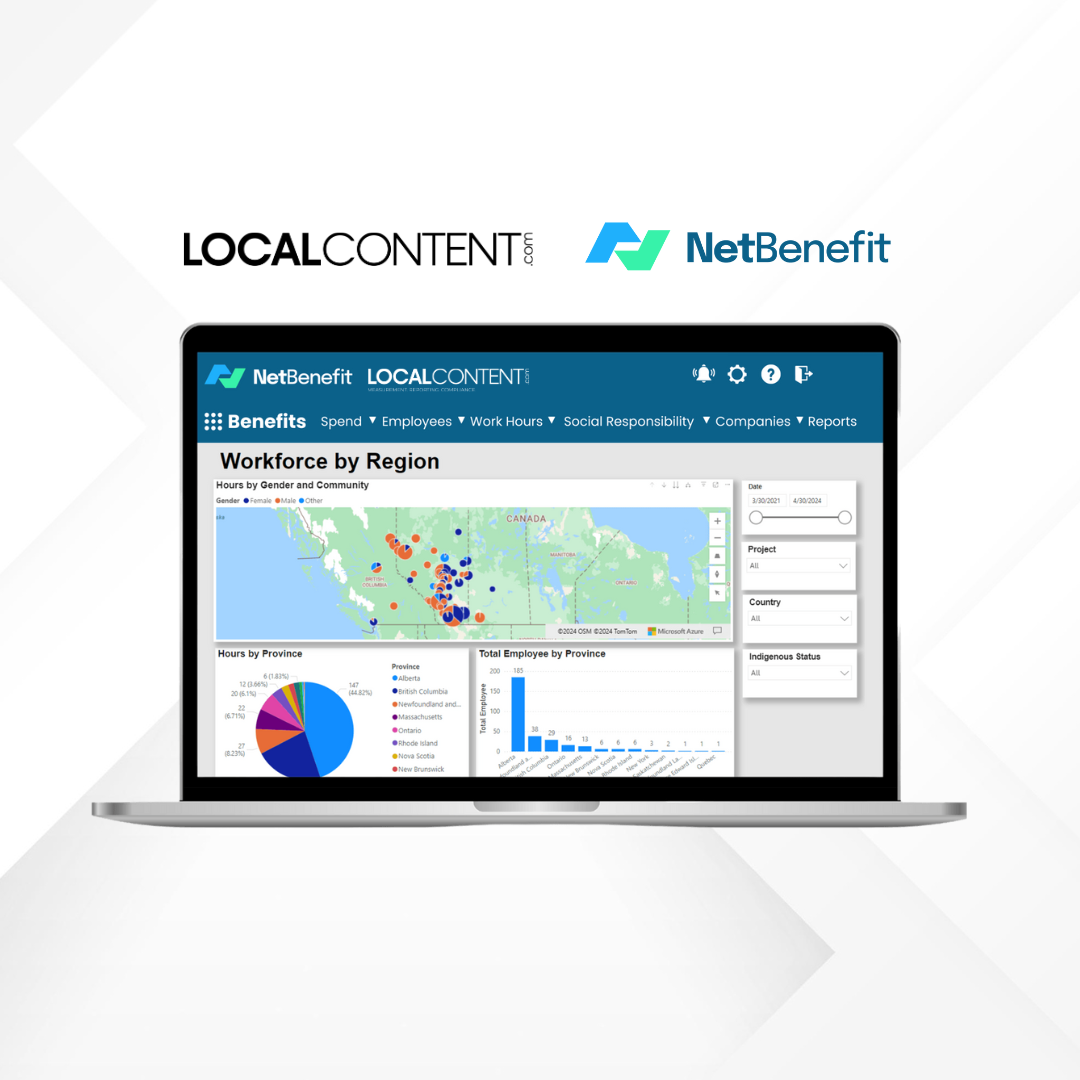A masterplan commercial development is a strategic plan for developing large-scale commercial areas. These plans are designed to create a cohesive and functional commercial district, often integrating retail, office spaces, hotels, entertainment venues, and sometimes residential units. The aim is to create a balanced and sustainable environment that promotes economic growth and improves community quality of life. Key components include:
- Vision and Goals: Establishes clear objectives for economic growth, community benefits, and environmental sustainability.
- Land Use Planning: Defines the organization and allocation of land for different commercial uses.
- Infrastructure Development: Plans for essential infrastructure such as roads, utilities, public transportation, and telecommunications.
- Design Standards: Sets guidelines for architecture, public spaces, landscaping, and amenities.
- Economic Strategy: Includes incentives and policies to attract businesses and investors.
- Sustainability: Incorporates eco-friendly and sustainable practices.
- Phasing and Implementation: Details the development timeline and responsible parties.
Impact of Local Content Requirements
Local content requirements (LCRs) mandate that a certain percentage of a project’s resources—such as labor, materials, and services—must be sourced locally. These requirements can significantly affect the funding and support for masterplan commercial developments:
- Access to Funding: Projects that comply with LCRs may qualify for government grants, subsidies, or preferential financing, making them more financially viable.
- Community Support: Ensuring local businesses and workers benefit from the project can enhance community buy-in and reduce opposition.
- Regulatory Approval: Adherence to LCRs can facilitate smoother regulatory processes, as projects align with local economic development goals.
- Economic Benefits: Local sourcing can stimulate the regional economy, create jobs, and enhance local business capabilities.
- Cost Implications: While LCRs may increase costs due to potentially higher local prices or lower efficiency, these are often balanced by the benefits of local support and potential funding incentives.
Top 5 Questions for Local Residents, Taxpayers, Small and Diverse Businesses, and Nonprofits
To proactively support masterplan commercial developments and enhance their quality of life, local stakeholders should consider asking the following questions:
- How Will the Project Benefit the Local Community?
- Residents/Taxpayers: What amenities, services, and improvements will the project bring to the community?
- Small and Diverse Businesses: What opportunities will there be for local businesses to participate and benefit from the project?
- Nonprofits: How will the project support local social and community initiatives?
- What Measures Are in Place to Ensure Local Content Requirements Are Met?
- Residents/Taxpayers: How will local employment and economic benefits be maximized?
- Small and Diverse Businesses: What specific procurement opportunities will be available for local businesses?
- Nonprofits: How can local organizations contribute to and benefit from the project?
- What Are the Environmental and Sustainability Plans for the Development?
- Residents/Taxpayers: How will the project address environmental concerns and promote sustainability?
- Small and Diverse Businesses: Are there opportunities for businesses specializing in sustainable products and services?
- Nonprofits: What initiatives will support environmental education and community engagement?
- How Will Traffic and Transportation Be Managed?
- Residents/Taxpayers: What plans are in place to ensure efficient and sustainable transportation?
- Small and Diverse Businesses: How will transportation plans facilitate access for customers and employees?
- Nonprofits: How will transportation improvements support community programs and services?
- What Opportunities Will There Be for Community Input and Participation?
- Residents/Taxpayers: How can the community be involved in the planning and decision-making processes?
- Small and Diverse Businesses: How can local businesses participate in consultations and provide feedback?
- Nonprofits: What role can nonprofits play in shaping the project to meet community needs?
By asking these questions, local stakeholders can ensure that masterplan commercial developments align with their needs and goals, ultimately enhancing the quality of life for the entire community.









